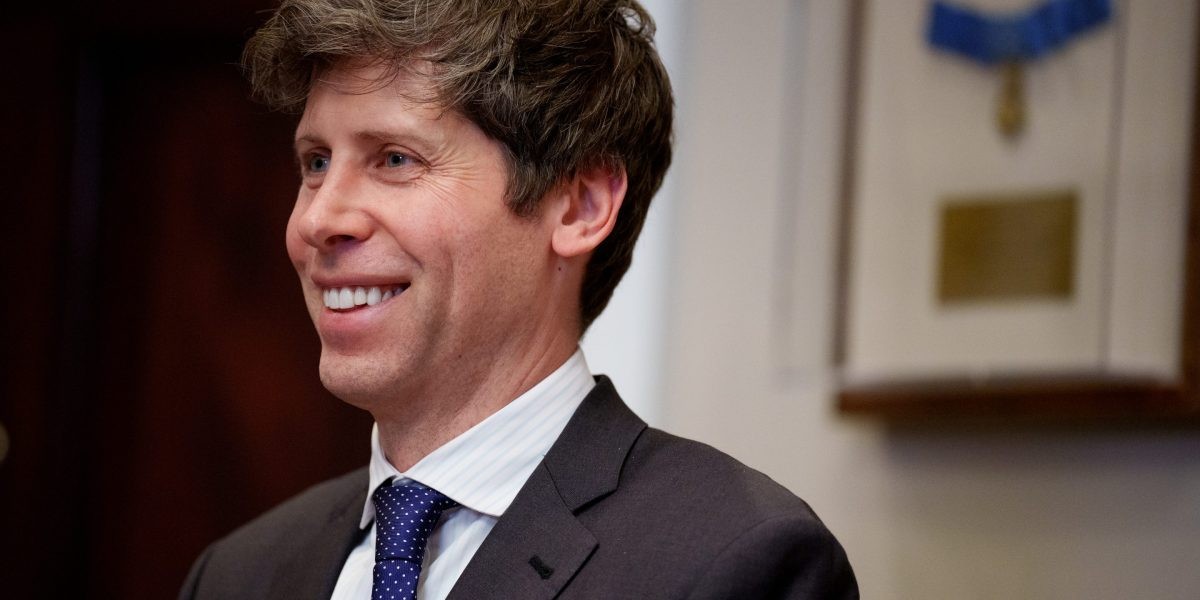
When Chinese AI startup DeepSeek released its R1 model last week, venture capitalist Marc Andreessen quickly declared it "AI's Sputnik moment" - comparing it to the 1957 Soviet satellite launch that kicked off the Space Race. But this provocative claim appears more self-serving than accurate.
Andreessen, whose $52 billion venture firm Andreessen Horowitz has major investments in AI and defense tech companies, stands to benefit substantially from stoking fears about Chinese AI advancement. His portfolio includes OpenAI, Meta, and defense contractor Anduril.
While DeepSeek's R1 model is impressive, it hasn't actually leapfrogged American AI capabilities. R1 ranks fourth on competitive leaderboards, behind models from Google DeepMind. OpenAI's upcoming o3 model boasts higher benchmark scores. The much-discussed $6 million training cost for R1 also leaves out substantial development expenses.
This manufactured panic echoes the "missile gap" rhetoric of the 1960s, when defense hawks exaggerated Soviet nuclear capabilities to drive massive military spending. Similarly, AI companies are now warning of a "compute gap" with China while simultaneously acknowledging America's current technological lead.
The stakes are high. An accelerated AI arms race could pressure companies to cut corners on safety as systems rapidly advance in capabilities like deception and bioweapon design. Despite these risks, Andreessen advocates full-speed-ahead development, arguing in his recent manifesto that any slowdown in AI progress is equivalent to "murder."
Instead of a dangerous race forward, experts suggest the U.S. should prioritize AI safety research and international cooperation on governance - similar to how nuclear arms control became necessary during the Cold War.
By amplifying China fears, Andreessen appears to be pushing for government contracts and deregulation that would benefit his investments while potentially making AI development more dangerous. His "Sputnik moment" declaration serves his bottom line more than it reflects reality.
The path forward requires balancing innovation with safety through smart regulation and global coordination - not letting profit-motivated panic drive us into an AI arms race we may all regret.